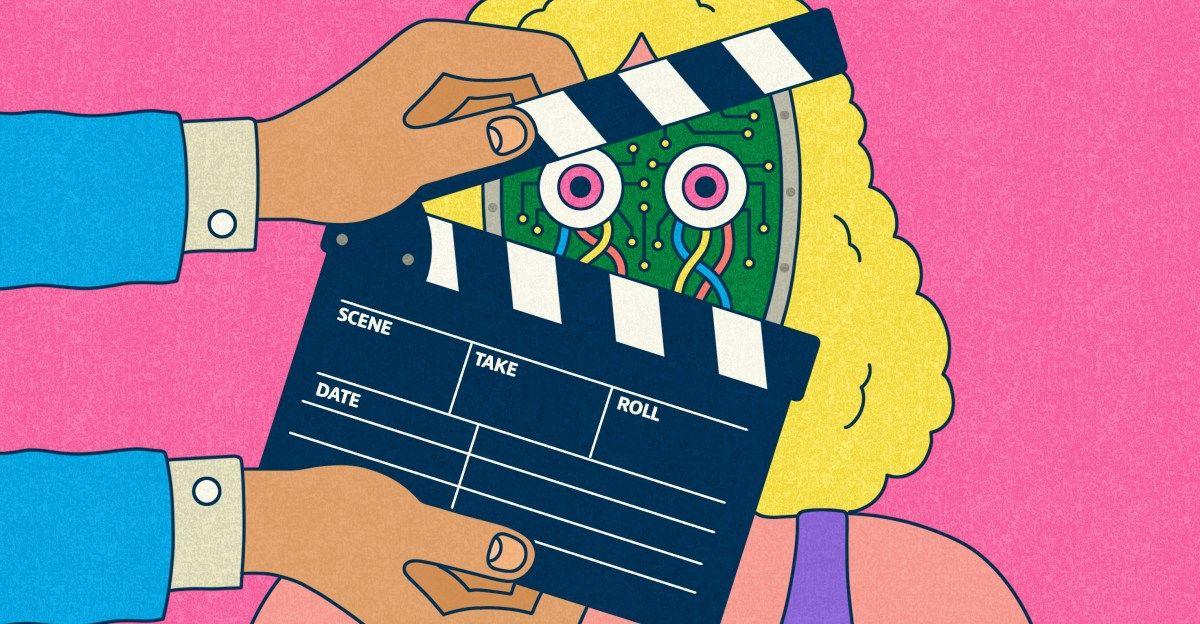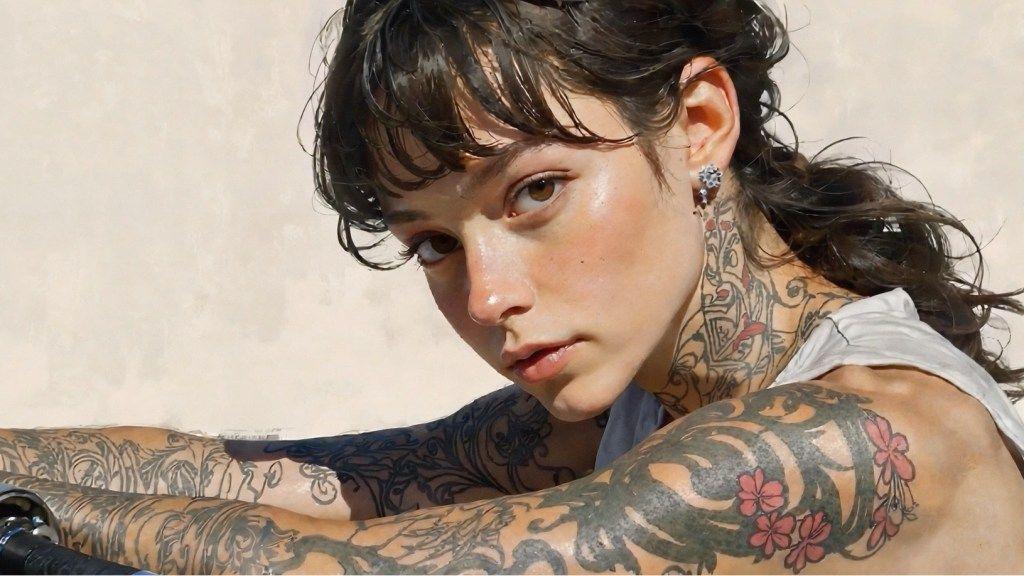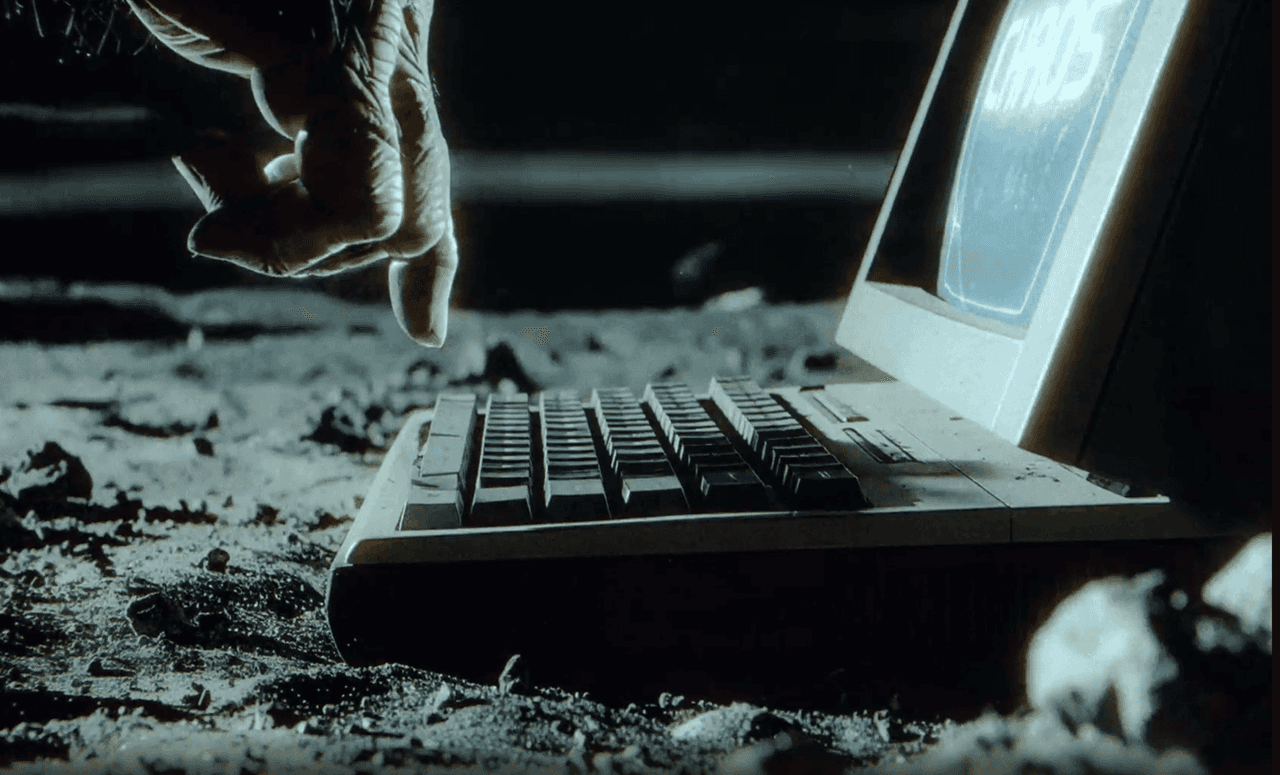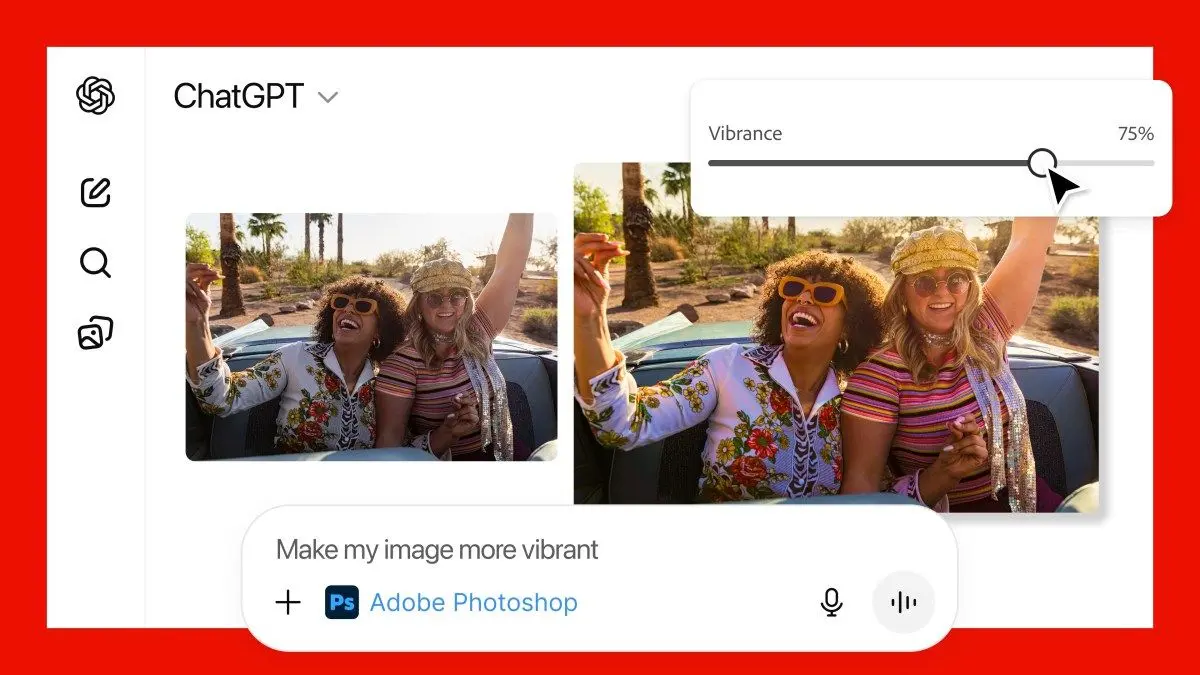Moonvalley's Marey: A 'Clean' AI Video Generator Trained on Licensed Content
5 Sources
5 Sources
[1]
Moonvalley releases a video generator it claims was trained on licensed content | TechCrunch
Los Angeles-based startup Moonvalley has launched an AI video-generating model it claims is one of the few trained on openly licensed -- not copyrighted -- data. Named "Marey" after cinema trailblazer Étienne-Jules Marey, the model was built in collaboration with Asteria, a newer AI animation studio. Marey was trained on "owned or fully licensed" source data, according to Moonvalley, and offers customization options including fine-grained camera and motion controls. "Marey enables nuanced control over in-scene movements," Moonvalley wrote in a press release provided to TechCrunch, "such as controlling the movement of an individual checkers piece, or animating the exact breeze blowing through a person's hair." The wide availability of tools to build video generators has led to a Cambrian explosion of vendors in the space. In fact, it risks becoming oversaturated. Startups such as Runway and Luma, as well as tech giants like OpenAI and Google, are releasing models at a fast clip -- in many cases with little to distinguish them from each other. Moonvalley is pitching Marey, which can generate "HD" clips up to 30 seconds in length, as lower risk than competitors from a legal perspective. Many generative video startups train models on public data, some of which is invariably copyrighted. These companies argue that fair-use doctrine shields the practice. But that hasn't stopped rights owners from lodging complaints and filing cease and desists. Moonvalley says it's working with partners to handle licensing arrangements and package videos into datasets that the company then purchases. The approach is similar to Adobe's, which also procures video footage for training from creators through its Adobe Stock platform. Many artists and creators are wary of video generators, and understandably so -- they threaten to upend the film and television industry. A 2024 study commissioned by the Animation Guild, a union representing Hollywood animators and cartoonists, estimates that more than 100,000 U.S.-based film, television, and animation jobs will be disrupted by AI by 2026. Moonvalley intends to let creators request their content be removed from its models, allow customers to delete their data at any time, and offer an indemnity policy to protect users from copyright challenges. Unlike some "unfiltered" video models that readily insert a person's likeness into clips, Moonvalley is also committing to building guardrails around its creative tooling. Like OpenAI's Sora, Moonvalley's models will block certain content, like NSFW phrases, and won't allow people to prompt them to generate videos of specific people or celebrities. "We're proving it's possible to train AI models without brazenly stealing creative work from the creators -- the cinematographers, visual artists, creators, and creative producers -- whose voices we aim to uplift with our technology," Moonvalley co-founder and CEO Naeem Talukdar said in a statement. "At Moonvalley, we're setting a new standard for generative AI to deliver industry-leading AI capabilities while ensuring that the voices and rights of creatives are not lost as this technology and industry evolve."
[2]
Moonvalley's Marey is a state-of-the-art AI video model trained on FULLY LICENSED data
Join our daily and weekly newsletters for the latest updates and exclusive content on industry-leading AI coverage. Learn More A few years ago, there was no such thing as a "generative AI video model." Today, there are dozens, including many capable of rendering ultra high-definition, ultra-realistic Hollywood-caliber video in seconds from text prompts or user-uploaded images and existing video clips. If you've read VentureBeat in the last few months, you've no doubt come across articles about these models and the companies behind them, from Runway's Gen-3 to Google's Veo 2 to OpenAI's long-delayed but finally available Sora to Luma AI, Pika, and Chinese upstarts Kling and Hailuo. Even Alibaba and a startup called Genmo have offered open source versions. Already, they've been used to make portions of major blockbusters from Everything, Everywhere All At Once to HBO's True Detective: Night Country to music videos and TV commercials by Toys R' Us and Coca Cola. But despite Hollywood and filmmakers' relatively rapid embrace of AI, there's still one big potential looming issue: copyright concerns. As best as we can tell given that most of these AI video model startups don't publicly share precise details of their training data, most are trained on vast swaths of videos uploaded to the web or collected from other archival sources, including those with copyrights who may or may not have actually granted express permission to the AI video companies to train on them. In fact, Runway is among the companies facing down a class action lawsuit (still working its way through the courts), over this very issue, and Nvidia reportedly scraped a huge swath of YouTube videos as well for this purpose. The dispute is ongoing -- whether scraping data including videos constitutes fair and transformational use, or not. But now there's a new alternative for those concerned about copyright and aren't wanting to use models where there is a question mark: a startup called Moonvalley -- founded by former Google DeepMinders and researchers from Meta, Microsoft and TikTok, among others -- has introduced Marey, a generative AI video model designed for Hollywood studios, filmmakers, and enterprise brands. Positioned as a "clean" state-of-the-art foundational AI video model, Marey is trained exclusively on owned and licensed data, offering an ethical alternative to AI models developed using scraped content. "People said it wasn't technically feasible to build a cutting-edge AI video model without using scraped data," said Moonvalley CEO and co-founder Naeem Talukdar, in a recent video call interview with VentureBeat. "We proved otherwise." Marey, available now on an invitation-only waitlist basis, joins Adobe's Firefly Video model, which that long established software vendor also says is also enterprise-grade -- having been trained only on licensed data and Adobe Stock data (to the controversy of some contributors) -- and provides enterprises indemnification for using. Moonvalley also provides indemnification on clause 7 of this document, saying it will defend its customers at its own expense. Moonvalley is hoping these features will make Marey appealing to big studios -- even as others such as Runway make deals with them -- and filmmakers, over the countless and ever-growing array of new AI video creation options. More 'ethical' AI video? Marey is the result of a collaboration between Moonvalley and Asteria, an artist-led AI film and animation studio. The model is built to assist rather than replace creative professionals, providing filmmakers with new tools for AI-driven video production while maintaining traditional industry standards. "Our conviction was that you're not going to get mainstream adoption in this industry unless you do this with the industry," Talukdar said. "The industry has been loud and clear that in order for them to actually use these models, we need to figure out how to build a clean model. And up until today, the top track was you couldn't do it." Rather than scraping the internet for content, Moonvalley built direct relationships with these creators to license their footage. The company took several months to establish these partnerships, ensuring all data used for training was legally acquired and fully licensed. Moonvalley's licensing strategy is also designed to support content creators by compensating them for their contributions. "Most of our relationships are actually coming inbound now that people have started to hear about what we're doing," Talukdar said. "For small-town creators, a lot of their footage is just sitting around. We want to help them monetize it, and we want to do artist-focused models. It ends up being a very good relationship." Talukdar told VentureBeat that while the company is still assessing and revising its compensation models, it generally compensates creators based on the duration of their footage, paying them an hourly or minutely rate under fixed-term licensing agreements (e.g., 12 or 4 months). This allows for potential recurring payments if the content continues to be used. The company's goal is to make high-end video production more accessible and cost-effective, allowing filmmakers, studios, and advertisers to explore AI-generated storytelling without legal or ethical concerns. More cinematographic control beyond text prompts, images, and camera directions Talukdar explained that Moonvalley took a different approach with its Marey AI video model from existing AI video models by focusing on professional-grade production rather than consumer applications. "Most generative video companies today are more consumer-focused," he said. "They build simple models where you prompt a chatbot, generate some clips, and add cool effects. Our focus is different -- what's the technology needed for Hollywood studios? What do major brands need to make Super Bowl commercials?" Marey introduces several advancements in AI-generated video, including: "The model itself is just built very heavily around controllability," Talukdar explained. "You need to have significantly more controls around the output -- being able to change the characters. It's the first model that allows you to do layer-based editing, so you can edit the foreground, mid-ground, and background separately. It's also the first model built for Hollywood, purpose-built for production." In addition, he told VentureBeat that Marey relies on a Diffusion-Transformer Hybrid Model that combines diffusion and transformer-based architectures. "The models are diffusion-transformer models, so it's the transformer architecture, and then you have diffusion as part of the layers," Talukdar said. "When you introduce controllability, it's usually through those layers that you do it." Funded by big name VCs but not as much as other AI video startups (yet) Moonvalley is also this week announcing a $70 million seed round led by Bessemer Venture Partners, Khosla Ventures, and General Catalyst. Investors Hemant Taneja, Samir Kaul, and Byron Deeter have also joined the company's board of directors. Talukdar noted that Moonvalley's funding is substantially less than some of its competitors, so far -- Runway is reported to have raised $270 million total across several rounds -- but optimized its resources by assembling an elite team of AI researchers and engineers. "We raised around $70 million, quite a bit less than our competitors, certainly," he said. "But that really boils down to the team -- having a team that can build that architecture significantly more efficiently, compute, and all those different things." Marey is currently in a limited-access phase, with select studios and filmmakers testing the model. Moonvalley plans to gradually expand access over the coming weeks. "Right now, there's a number of studios that are getting access to it, and we have an alpha group with a couple dozen filmmakers using it," Talukdar confirmed. "The hope is that it'll be fully available within a couple of weeks, worst case within a couple of months." With the launch of Marey, Moonvalley and Asteria aim to position themselves at the forefront of AI-assisted filmmaking, offering studios and brands a solution that integrates AI without compromising creative integrity. But with AI video startup rivals such as Runway, Pika, and Hedra continuing to add new features like character voice and movements.
[3]
This AI Video Generator Was Not Trained on Stolen Data
A new generative AI video model made for high-end film and animation studios has been released but unlike many machine learning programs, this one claims it has been exclusively trained on ethical data. Moonvalley AI teamed up with Asteria to create Marey, an AI video generator designed specifically for professional filmmakers. The model takes its name from Étienne-Jules Marey, a 19th-century chronophotography pioneer whose work laid the foundation for motion pictures. Marey is offering Hollywood an AI video generator that apparently hasn't taken people's videos and pictures without permission. It did this by using data from XTR, a documentary studio that was founded by the same people. "We used all our resources, and a vast network of creators, to make sure we have a licensed, curated generative AI model," Asteria CEO Bryn Mooser tells Forbes. Moonvalley CEO Naeem Talukdar says Marey's pitch to Hollywood is its fine controls that allow editors to be more precise with AI video generation which -- anyone who has ever used the technology will tell you -- can be extremely random. "Today's video models are mostly text-to-video, type in a prompt, and you get a clip. That's nowhere near what's needed for professional filmmaking," Talukdar tells the AI/XR Podcast. According to Forbes, Marey incorporates motion capture and video-to-video transformation tools, allowing filmmakers to direct AI-generated content with the same level of precision as traditional VFX and animation workflows. Asteria, which is a generative AI film and animation studio, has already begun collaborating with directors such as Paul Trillo to refine these capabilities in real-world creative projects. Moonvalley, which recently secured $70 million in funding, has brought together AI experts from DeepMind, Google, and Meta to ensure that Marey's development adheres to strict ethical guidelines. "Most AI models are trained on an ocean of unlicensed content, which gives them an edge in variety but creates legal uncertainty. We're doing it differently, ensuring every pixel Marey has seen is accounted for," adds Talukdar. Marey is currently only available via a waitlist filled with filmmakers eager to experiment with its capabilities. Asteria and Moonvalley are selectively granting access while fine-tuning the model's output to ensure cinema-quality video without common AI flaws such as coherence issues and bizarre artifacts. Last month, Adobe made its Firefly video model available in public beta which also claims to be an ethical AI video generator trained on data it has rights to. However, there has been controversy surrounding Adobe's pricing plan and the overall quality of its AI video model. PetaPixel's editor-in-chief Jaron Schneider wrote that, "Adobe's AI video generator is nowhere near ready to charge $30 a month."
[4]
Moonvalley introduces a 'clean' generative video AI model for cinema and advertising - SiliconANGLE
Moonvalley introduces a 'clean' generative video AI model for cinema and advertising Moonvalley, a generative artificial intelligence research startup, today announced the launch of a foundation AI model for Hollywood studios, filmmakers and enterprise partners trained on clean sources. During a time when generative AI, especially generative video is trending, it's becoming more and more difficult to stand out from the crowd. However, Naeem Talukdar, co-founder and chief executive of Moonvalley, thinks that "Marey," the model being released by the company, will distinguish itself by being ethically sourced and licensed. "The industry default to date has been that it can't be done," Talukdar told SiliconANGLE in an interview. "That's where the fair use arguments kind of came from. It was: We don't have a choice. We have to go and scrape everybody's art and do this because there's no other way of doing it." Using only fully licensed and commercially available sources can pose a problem, of course, because it reduces the total diversity of data. However, Talukdar said that hasn't prevented the company from creating a model he believes is completely on par or better than what's already available. Talukdar said that to do this, Moonvalley works closely with the entertainment industry and the vision is to create a model that enhances and augments the creator's work rather than just producing video. The name of the model itself, "Marey," refers to French inventor Étienne-Jules Marey, whose work in sequential high-speed photography helped lead to the development of the first moving picture films. To develop their model, Moonvalley partnered with Asteria, a generative AI film and animation studio. Led by two-time Oscar nominee Bryn Mooser, Asteria brings significant industry expertise through its ownership of documentary studio XTR and the streaming platform Documentary+, which boasts a reach of more than 120 million households. In training and developing Marey, Talukdar said, the vision was to prioritize industry collaboration and reject the industry approach of commoditizing artwork. That meant completely redefining the nature of the generative video AI model from the perspective of creators. To achieve this the company collaborated with actual industry workers such as filmmakers and editors to create a product that addresses their needs. "The idea was how to build this technology around the creator," Talukdar said. "I need to be able to click the camera and drag it around. I need to be able to see my characters, stage and cast them. I can't do that by looking at a giant text prompt." Marey's asset library enables creators to construct scenes with video game-like flexibility. They can define and personalize characters, and import images of any element -- characters, objects and settings -- to be generated and incorporated into their compositions. For example, that would allow the AI to generate a Speakeasy in the Prohibition Era and populate it with a group of pubgoers, background characters, main cast and maybe a specific set of mugs that would remain from scene to scene. Then it can condition each scene so that it retains continuity from clip to clip. It can be a fundamental problem for many video-generating AI models that they begin to break down and lose coherence between multiple generations, but Talukdar said Marey handles it well. According to Moonvalley, Marey provides native video generation of up to 30 seconds, breaking through the industry average of five- to 10-second clips and allows users to produce longer high-quality scenes. The average time between cuts in a TV show is about three to eight seconds per shot, with some variation depending on the genre and the purpose of the shot. Having extra time on either side of the shot can make it easier to edit into a full scene. Due to close collaboration with industry filmmakers, Marey offers precision camera controls within generated outputs. That means a user can have the camera press in, linger, pan or move through the scene in various ways. The model also enables nuanced control over in-scene movements, including objects such as individual checker pieces, or animating the wind blowing through a person's hair. Marey's release comes as generative AI model developers continue to churn out text-to-video AI models, including Meta Platforms Inc., Google LLC, Haiper Ltd. and Genmo Inc. Earlier this year, creative software developer Adobe Inc. released its own public beta test of a new generative video AI model powered by its Firefly Video Model that it claims is commercially safe. "Technology has always been the driving force behind the evolution of cinema," said Bryn Mooser, co-founder and chief executive of Asteria. "AI is the most powerful technological change in our lifetime and we are building a model and tools for filmmakers to be able to create work that until now only studios can afford to make."
[5]
Moonvalley Launches Marey as a 'Clean' AI Video Model for Filmmaking
Moonvalley, a Los Angeles-based artificial intelligence (AI) startup, launched a new generative video model on Wednesday. Dubbed Marey after Étienne Jules Marey, who was considered to be a pioneer of cinematography, the AI video model is said to be trained only on ethically sourced licensed data. The startup says that the nature of training data procurement makes it a legal risk-free technology that movie studios and filmmakers are more likely to adopt. Moonvalley also said that instead of offering the AI model as a text-to-video generation tool, it wanted to create a software that could be integrated into studios' workflows. In a post on X (formerly known as Twitter), the official handle of Moonvalley announced the launch of the Marey video generation model. Calling it a "clean" model, the company said that Marey is built for filmmakers and is trained exclusively on licensed data. The company explained in a blog post that it wanted to move away from the typical "text in, video out" approach of video generation models, that offer very little control to filmmakers and do not work according to the process they are accustomed to. "The creative process is iterative by nature; you never make things in one go. And people want to use these models to augment their skills, not hand them a finished product," the post added. According to a TechCrunch report, Marey is not a typical video generation model, and instead offers several tools to enable filmmakers in gaining more control over the output. It reportedly offers customisation options such as motion control and camera type. The AI model is also said to allow users to control the in-scene movements of a particular element. Citing a press release, the report added that Marey can generate HD resolution video clips of up to 30 seconds in length. Marey will also get multimodal input support including text, storyboards, sketches, photos, and video clips. Additionally, the company also plans to offer a powerful software experience that can be integrated into the systems and workflows filmmakers use. More details about the AI model were not disclosed by the company. Currently, only a select number of users have access to Marey in early release. Others can register for the waitlist to get a chance to try out the model eventually.
Share
Share
Copy Link
Moonvalley, a Los Angeles-based startup, has launched Marey, an AI video generation model trained exclusively on licensed content. This ethical approach aims to address copyright concerns in the rapidly evolving field of AI-generated videos.

Moonvalley Introduces Marey: A New Approach to AI Video Generation
Los Angeles-based startup Moonvalley has launched Marey, an AI video generation model that claims to be one of the few trained exclusively on licensed content. Named after cinema pioneer Étienne-Jules Marey, this model represents a significant development in the rapidly evolving field of AI-generated videos
1
.Ethical Training and Legal Considerations
Unlike many AI models that rely on scraped internet data, Marey was built using "owned or fully licensed" source data. This approach aims to address the growing concerns about copyright infringement in AI training
2
. Moonvalley has established direct relationships with creators to license their footage, offering compensation based on the duration of the content used2
.To further protect users and creators, Moonvalley offers:
- An option for creators to request content removal from its models
- Customer data deletion at any time
- An indemnity policy to protect users from copyright challenges
1
Technical Capabilities and Industry Focus
Marey is designed for professional filmmakers and Hollywood studios, offering several advanced features:
- Generation of HD clips up to 30 seconds in length
1
- Fine-grained camera and motion controls
4
- Nuanced control over in-scene movements
1
- Native video generation of up to 30 seconds, surpassing the industry average
4
- Multimodal input support including text, storyboards, sketches, photos, and video clips
5
Collaboration with Asteria and Industry Expertise
Moonvalley developed Marey in collaboration with Asteria, an AI animation studio led by two-time Oscar nominee Bryn Mooser. This partnership brings significant industry expertise through Asteria's ownership of documentary studio XTR and the streaming platform Documentary+
4
.Market Positioning and Competition
The AI video generation market is becoming increasingly crowded, with players like Runway, Luma, OpenAI, and Google releasing models rapidly
1
. Moonvalley aims to differentiate Marey by focusing on professional-grade production rather than consumer applications2
.Related Stories
Ethical Considerations and Industry Impact
The launch of Marey comes at a time when the film and television industry is grappling with the potential disruption caused by AI. A 2024 study commissioned by the Animation Guild estimates that over 100,000 U.S.-based film, television, and animation jobs will be affected by AI by 2026
1
.Moonvalley's approach of using licensed content and collaborating with industry professionals may help address some of these concerns. As CEO Naeem Talukdar stated, "We're proving it's possible to train AI models without brazenly stealing creative work from the creators"
1
.Future Implications and Availability
Currently, Marey is available on an invitation-only waitlist basis. As the technology develops and becomes more widely adopted, it could potentially reshape the landscape of video production, making high-end video creation more accessible and cost-effective for filmmakers, studios, and advertisers
2
5
.The success of Marey and similar "clean" AI models could set new standards for ethical AI development in the creative industries, potentially influencing how future AI tools are built and deployed in the entertainment sector.
References
Summarized by
Navi
[1]
[2]
[4]
Related Stories
Recent Highlights
1
AI Chatbots Sway Voters More Effectively Than Traditional Political Ads, New Studies Reveal
Science and Research

2
Google AI glasses set to launch in 2026 with Gemini and Android XR across multiple partners
Technology
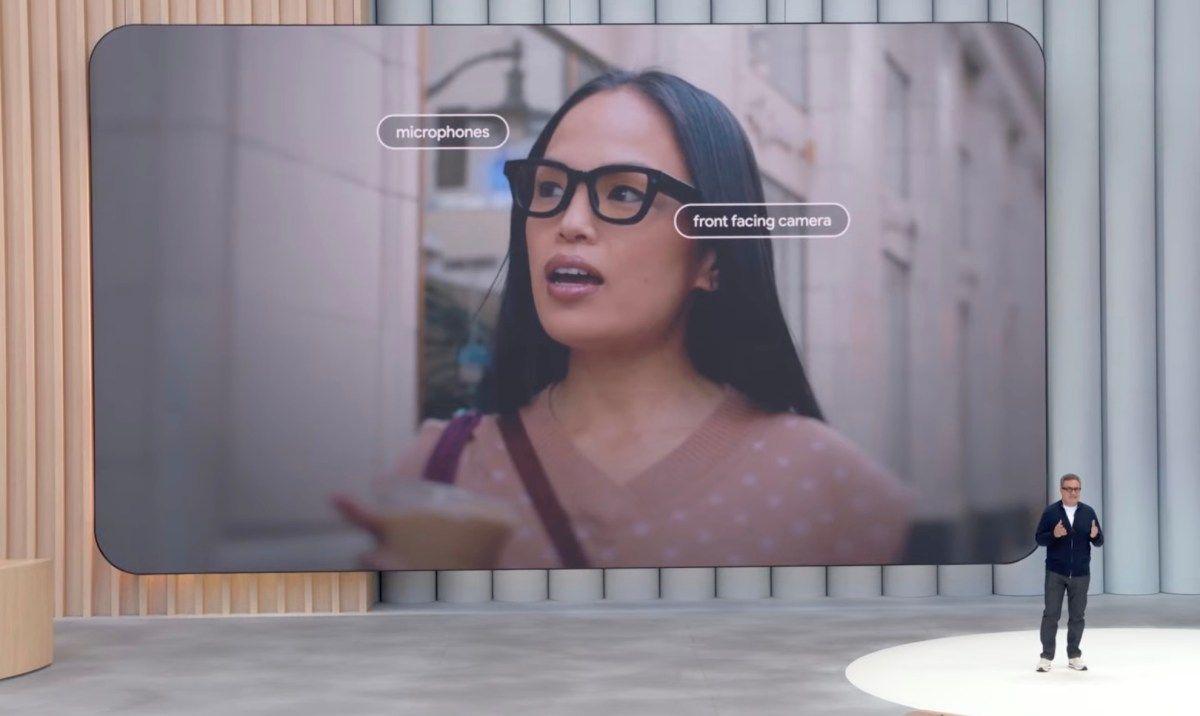
3
EU Launches Antitrust Probe Into Google's AI Training Practices and Content Usage
Policy and Regulation


